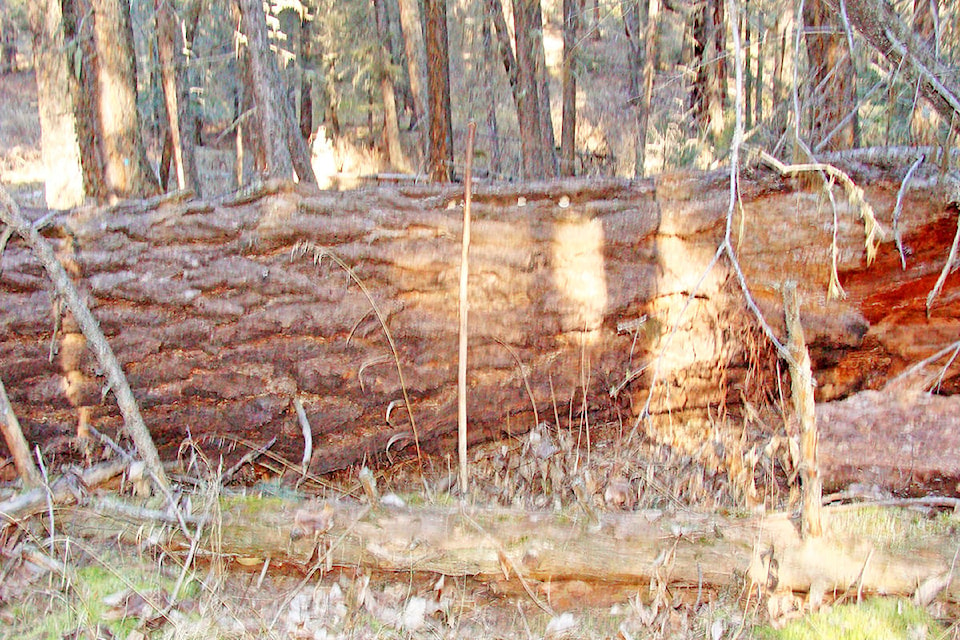On July 17, 2019, the Government of British Columbia announced that Garry Merkel, a professional forester, natural resource expert, and member of the Tahltan Nation, and Al Gorley, a professional forester and former chair of the Forest Practices Board, will engage the public to hear perspectives on the ecological, economic and cultural importance of old-growth trees and forests.
Part of this review will include an opportunity for the public, organizations and professionals to share their thoughts on old-growth in B.C. The ways to participate are: complete the online questionnaire or send an e-mail to oldgrowthbc@gov.bc.ca prior to 4 pm on Jan. 31, 2020.
According to a government document old-growth forests are not disappearing. There are more than 25 million hectares of old growth forests in B.C. About 4.5 million hectares are fully protected, representing an area larger than Vancouver Island.
READ MORE: New approach needed to managing forests
Of the four million hectares of old-growth forests on Crown land on the coast, only 769,000 hectares is available for harvesting. Generally speaking, most of B.C.’s coastal forests are considered old growth if they contain trees that are more than 250 years old, and some types of Interior forest are considered old growth if they contain trees that are more than 140 years old.
Some conservation groups don’t share the governments optimistic outlook especially on the coast. For example, Chad Pawson in a Nov. 13, 2018 article “Money trees” describes some of their work.
“Last year a team found a giant Douglas fir measuring 66 metres tall and three metres in diameter at chest height which was considered the ninth largest tree of its kind in Canada and around 800 years old. But two weeks later, the giant fir was cut down by loggers who say it was rotten in its core and worth more being turned into products like wooden beams than living out its life in the forest.”
What concerned the members of the Ancient Forest Alliance was that these large trees were in governments BC Timber Sales cut blocks in the Nahmint valley near Port Alderney. In its current form, policy requires any Douglas fir wider than 2.1 metres and any cedar wider than three metres to be left standing. The felled Nahmint fir was three metres in diameter but was not saved.
READ MORE: What changes are needed in B.C.’s forest tenures?
From a loggers perspective the old-growth trees like the fir have supported their families for years. ” For example, typical coastal old-growth sites can yield as much as 1,500 to 1,800 cubic metres per hectare whereas second growth sites yield around a third of that because they are harvested at younger ages. Old-growth logs fetch around $350 per cubic metre for lumber-quality logs and $700 per cubic metre for high-end grades. By comparison, second-growth logs range between $120 and $200 per cubic metre.”
I think author Pawson does a good job of representing both sides of the issue and I encourage the readers to take the time to read the article on line which contains pictures of the felled trees along with maps showing the logging history and provides forest inventory statistics of what is left of the original productive old growth stands on Vancouver Island and the southern coast.
In future articles I will deal with the old growth issue in the interior forests. While we don’t have the forest giants that are on the coast and our logging history is shorter in most areas we still have some impressive trees and are facing similar issues described in this article.
Jim Hilton is a professional agrologist and forester who has lived and worked in the Cariboo Chilcotin for the past 40 years. Now retired, Hilton still volunteers his skills with local community forests organizations.
